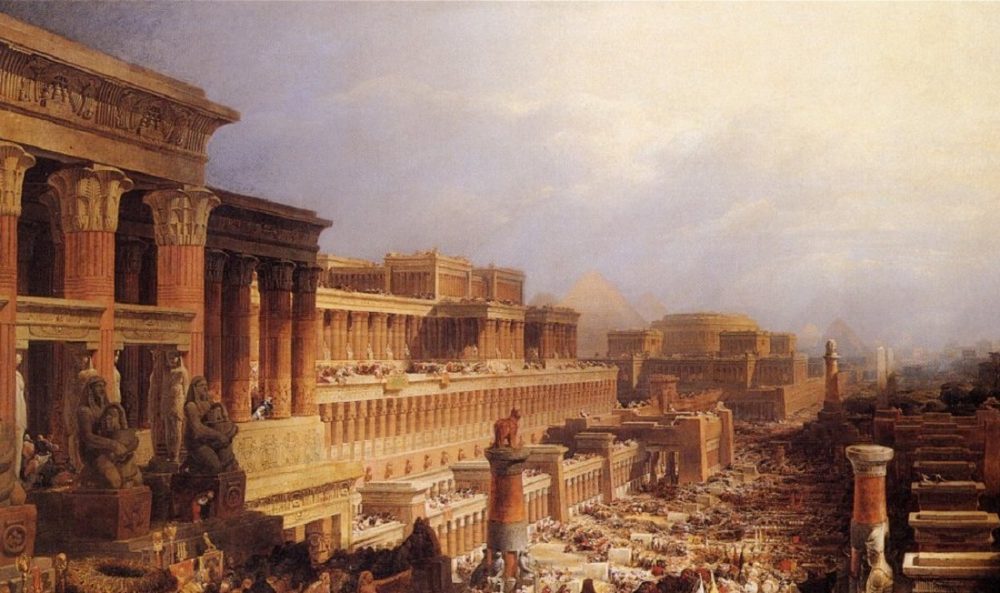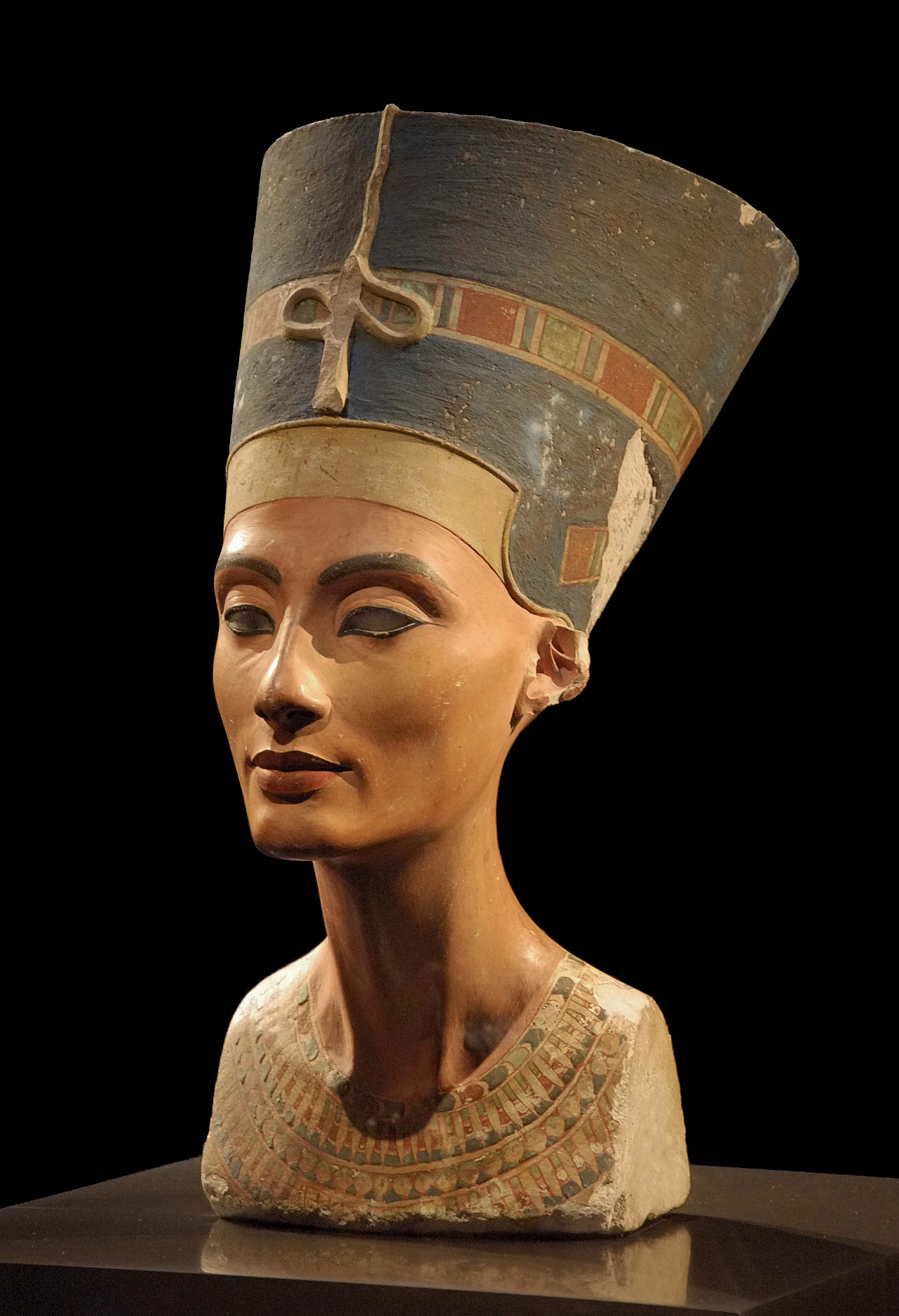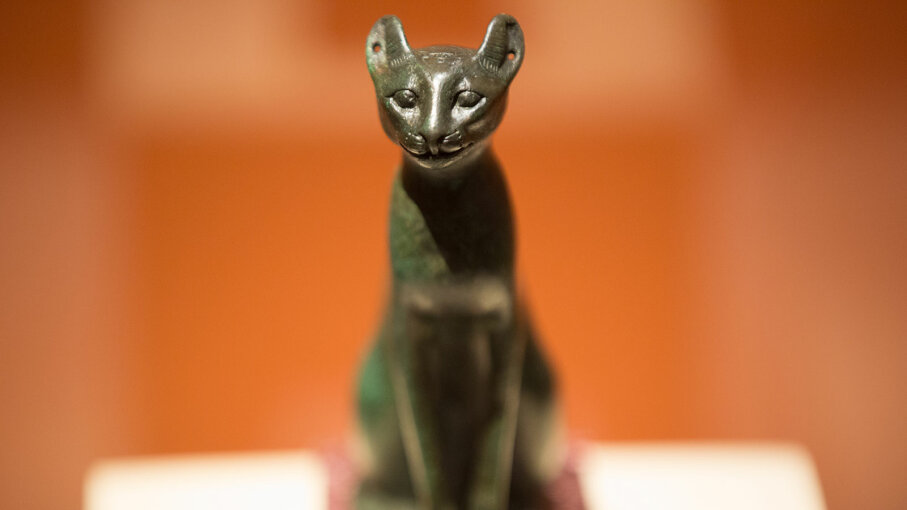“Egypt is not a country that we live in, but a country that lives within us.”- Pope Shenouda III
Published by: Razan Khalil
Molokhia

Molokhia dish is made throughout much of Africa and the Middle East, but the origins of the dish are said to be in Ancient Egypt, where it’s still popular in modern day Middle Eastern societies. In the Egyptian preparation, the Molokhia leaves are stripped from the stems, then minced using a mezzaluna.
Mezzaluna shown on the left
It’s cooked with ground coriander, garlic and stock and is often served with chicken (or more traditionally rabbit). In Levantine countries such as Syria and Lebanon, Molokhia is made with the whole leaves and is served with a vinegar and onion sauce along with toasted pita squares.
Hieroglyphics

One of the earliest forms of writing, hieroglyphics, reveals the lifestyles, beliefs, traditions, and customs of Ancient Egypt. In AD 391, the Byzantine Emperor Theodosius I closed all pagan temples throughout the empire. This action terminated a four thousand year old tradition and the message of the ancient Egyptian language was lost for 1500 years, that is until Jean-Francois Champollion discovered it and revealed the secrets that were kept hidden for so long. Egyptian Hieroglyphics includes detailed information on the history of Egyptian writing and mathematics, the use of the different types of symbols, how to write your name, how to recognize kings names and the story of the scribe with a video showing how papyrus is made. This writing system laid the foundation for many other cultures in regards to preserving its history and teaching others about what their culture was like in these ancient times. Without these writings, ancient Egyptian culture may have been lost.
Islam

Islam is the dominant religion is modern day Egypt, totaling to 90 percent of the population identifying as a part of Islam. The majority of Egyptian Muslims identify as Sunni and follow the Maliki school of jurisprudence, though all legal schools are represented. Shi’a Muslims make up a small minority. Egypt’s daily papers print each day’s five designated prayer times every morning, Egypt’s government agencies and businesses observe all Islamic holidays, and all institutions except for emergency services shut down on Friday, Islam’s holy day.
Egyptian Flag

The Free Officers, who removed King Farouk, in the Revolution of 1952 assigned specific symbolism to each of the three bands of the revolutionary and liberation flag. The red band symbolizes the Egyptians’ blood in the war against colonization. The white band symbolizes the purity of the Egyptian’s heart. The black band below the white, symbolizes the manner in which darkness is overcome.
Revolution of 1952


Led my the Free Officers Movement, Gamal Abdel Nasser and Mohammed Naguib planned the ousting of the monarchy in order to gain independence from British and Egyptian royal family; however, the original plan was to overthrow King Farouk but the angle changed to something bigger than that–the deconstruction of colonization and the monarchy. The revolution was faced with immediate threats from Western imperial powers, particularly the United Kingdom and France. The ongoing state of war with Israel also posed a serious challenge, as the Free Officers increased Egypt’s already strong support of the Palestinians. After the revolution, Nasser became the president of Egypt, bringing positive and effective change to the people.
Pyramids

The Egyptian pyramids were built to house the pharaohs once they have passed on to the afterlife. It housed their treasures, their wealth, family members, servants, and other personal belongings that were seen as important. The earliest known Egyptian pyramids are found at Saqqara, northwest of Memphis, dating to the 1st Dynasty: Mastaba 3808, which has been attributed to the reign of Pharaoh Anedjib, with inscriptions, and other archaeological remains of the period. The shape of Egyptian pyramids is thought to represent the primordial mound from which the Egyptians believed the earth was created. The shape of a pyramid is also thought to be representative of the descending rays of the sun, and most pyramids were faced with polished, highly reflective white limestone, in order to give them a brilliant appearance when viewed from a distance. Pyramids were often also named in ways that referred to solar luminescence.
The Nile


The Nile River is the longest river in the world, called the father of African rivers. It rises south of the Equator and flows northward through northeastern Africa to drain into the Mediterranean Sea. It has a length of about 4,132 miles and drains an area estimated at 1,293,000 square miles. It is a staple for growing crops because of its rich and fertile soil.
Library of Alexandria


Once the largest library in the ancient world, and containing works by the greatest thinkers and writers of philosophy, including Homer, Plato, Socrates and many more, the Library of Alexandria, northern Egypt, is popularly believed to have been destroyed in a huge fire around 2000 years ago and its works lost. Once home to the massive Pharos lighthouse, one of the Seven Wonder of the Ancient World, the Mediterranean seaport of Alexandria was founded by Alexander the Great around 330 BCE, and like many other cities in his Empire, took its name from him. Today, Bibiliotheca Alexandrina consists of over 8 million books; this library was built to be similar to that of the library of Alexandria.
Egyptian Art


Egyptian art dates back to the 31st century BC and consists of paintings, sculptures, drawings on papyrus, jewelry, ivories, architecture, and other art media. Egyptian art emphasized three basic elements, engraving, sculpture, and painting. Engravings lined the inside of tombs and are the most common and well-known form of Ancient Egyptian art. The engravings depicted the pharaoh’s life, the gods, and legends about them.
Cats in Egypt


